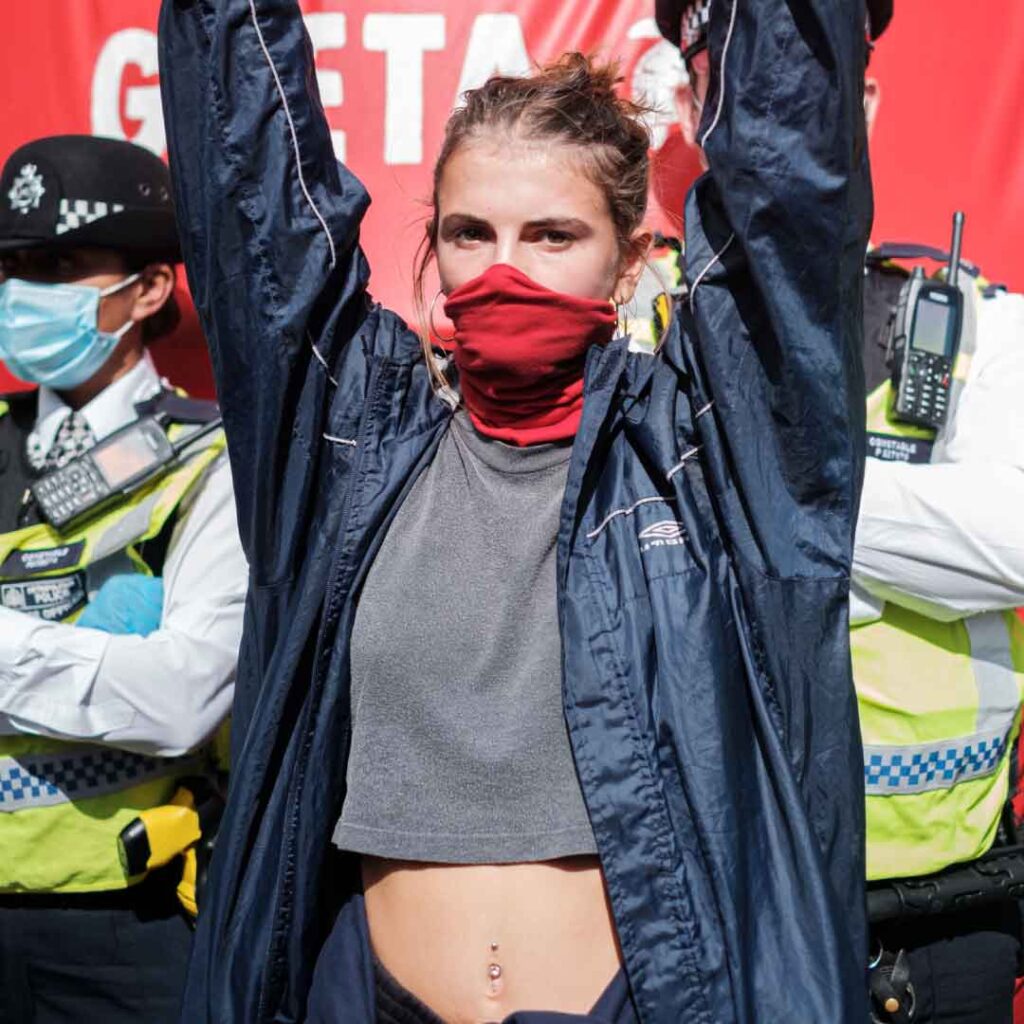Introduction
Young people have been leading social justice and changemaking movements for years. Most recently, youth advocacy and activism all over the world has been fighting for the right to a clean, safe, environmentally-secure future; leading movements pushing for climate action.
However, youth have a harder time accessing the necessary information in order to get involved in their municipal politics and begin advocating for the issues they care about – issues that will affect their futures.
Still wanting to make an impact, many changemakers focus on education-based initiatives that raise awareness on issues. These are awesome, but they are only the first step in creating the change we know is needed to build a better world.

Climate Change has impacts that disproportionately affect future generations. As the United Nations says, “Climate change impacts everyone but the future belongs to young people.”
Read about youth activists fighting for their future, here.
Local municipalities and municipal politics are often overshadowed by their provincial and federal counterparts.
However, they have more influence than one might think, especially when it comes to fighting against climate change.
In fact, municipalities have great influence when it comes to reducing greenhouse gas emissions, protecting natural land and keeping our air and water clean.
The planning of our cities, choosing to stop urban sprawl and protect natural environments, and investing in efficient transportation and housing can dictate up to 50% of our greenhouse gas emissions.
That is why youth advocacy and activism is so important – our voices must be heard on the municipal level, for they have the power to shape what our lives will look like once we are adults. That includes housing, transportation, social justice problems, public and mental health, energy usage – and of course – the state of our climate and natural environment.

In addition to the present and future material impacts of climate change there is a mental burden that young people are asked to carry.
A recent study in The Lancet found that a high number of youth reported feeling extremely or very worried about the future.
Respondents also reported greater feelings of betrayal by governments in dealing with this issue.
There is a place for all youth in advocacy, no matter your gender, race, sexuality, background, financial situation or culture.
However, something youth – especially marginalized youth – do not have, is time.
Time to research who to contact/how to contact them, figure out how to navigate municipal processes, and all the trial and error that comes with advocating and organizing for the first time.
Local advocacy is the next step youth can take to fight for the change they wish to see.
This Toolkit was created by youth, for youth – with amazing insight from members of adult-led organizations – specifically to help youth take the next step in their activism journey.
I hope this kit can demystify some of the processes within advocacy, give some helpful tips and tricks, offer inspiring stories of fellow advocates, and offer a community of support to help you get started or keep your momentum going.
Let’s create the change we wish to see, right in our own communities.
Enjoy!
Blythe Wieclawek
Inaugural SCGC Environmental Youth Advocacy Intern
August, 2021

Youth Advocacy and Activism Toolkit
Advice Archive Tool
Words of encouragement, advice, and experiences from seasoned activists, tailored towards youth.
Understanding Local Politics Tool
Here is where you will learn about municipal processes, the various ways of communicating with council, how to set up meetings, follow up afterwards and more!
Politicians Contact Tool
Now that you understand what it takes to communicate effectively with council and get involved in your local politics, the next step is to identify WHO you need to talk to!
Politics Information Tools
Can’t find information about local initiatives and meetings on a municipality’s website?
We’ve got you covered!
Campaign Building Tools
The first thing to think about when talking to politicians is understanding the landscape of the issue you care about.
Talking to the Media + Media Contacts
Talking to the media can be an exciting and useful way to bring more attention to your group and initiatives. However, it can also be nerve-wracking, tricky at times, and daunting. Here are some tips on how to talk to the media and portray yourself and your organization well.
Simcoe County Youth Coalition
Within each municipality there are countless roles with different abilities and jurisdictions. When beginning to advocate, it is difficult to know who to talk to for what issue. Here is a basic list of the ‘main players’ within a municipality and their roles.
Additional Resources
You have the tools – now it’s time to get started.
I hope you enjoyed the toolkit and found something that could inspire, educate, comfort or resonate with you.
It’s time for youth to have the tools and confidence necessary to begin advocating for the issues they care about. Now you have the basic tools to explain communicating with the media, your local representatives, as well as organizing events. You have been given advice from seasoned advocates, as well as the opportunity to join a coalition of youth that will support you and your initiatives.
Now that you’ve finished the toolkit, it’s time to get out there! Feel free to refer back to this toolkit anytime you need it – that is what it is here for!
Good luck, and let’s create some change.
More Activism Toolkits
- This youth-activism toolkit from Advocates For Youth.
- Or this one from Student Public Interest Research Groups (Student PIRGS)
- Student Activism 101: How to Find Your Cause & Get Started
Toolkit Centred on Fundraising for Youth Groups
Organizing a protest?
- Canadian Civil Liberty Association’s Know Your Rights One-Pager
- National Youth Rights Association (US) Guide to Organizing a Protest, Walkout, or Boycott (*Note: this is geared towards the US. Ensure the elements you find useful also apply in Canada before utilizing.)
